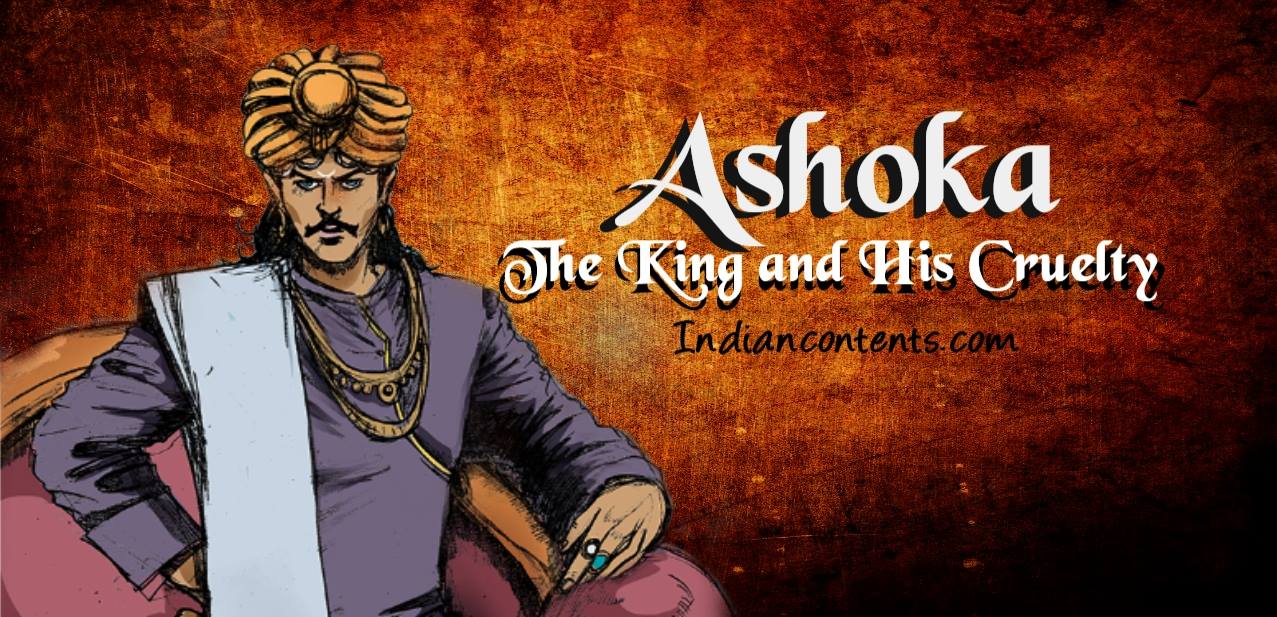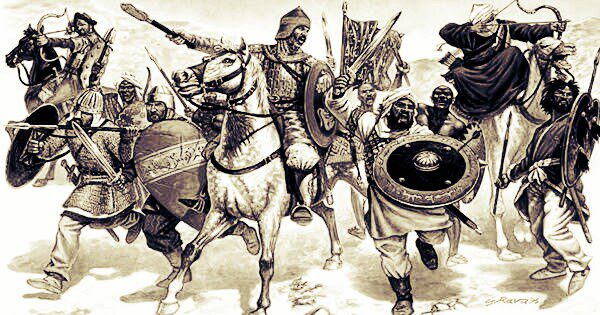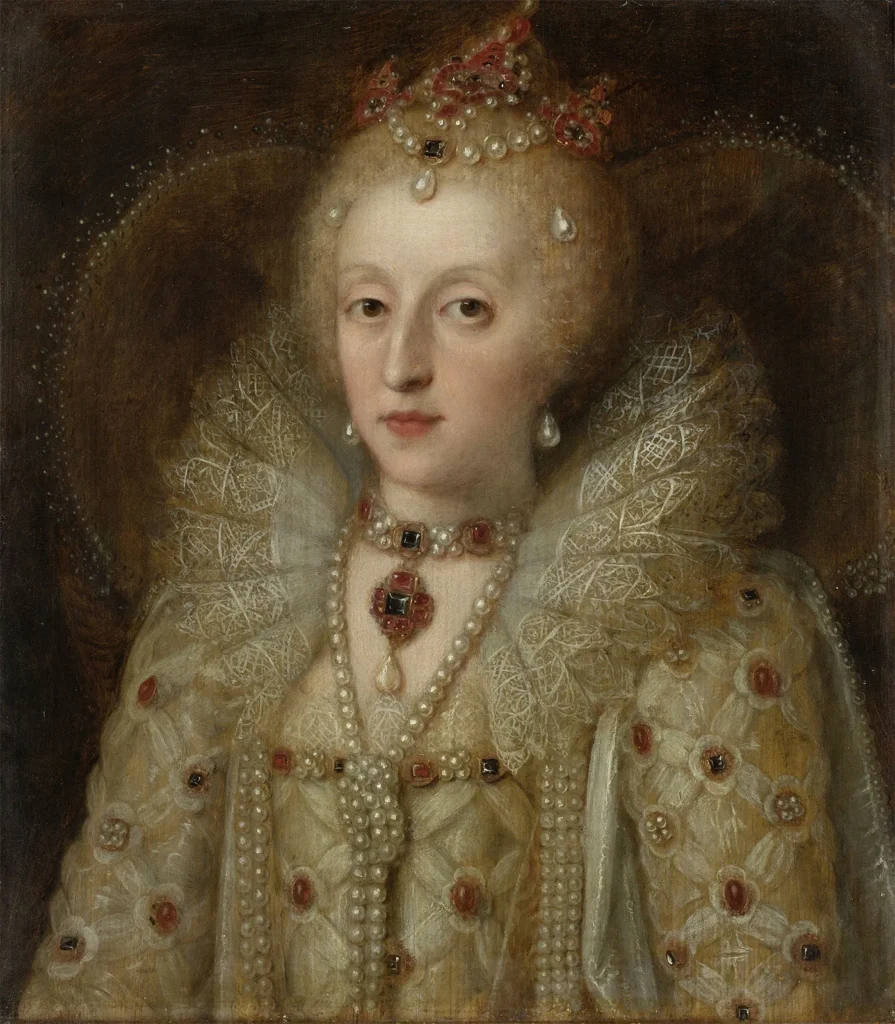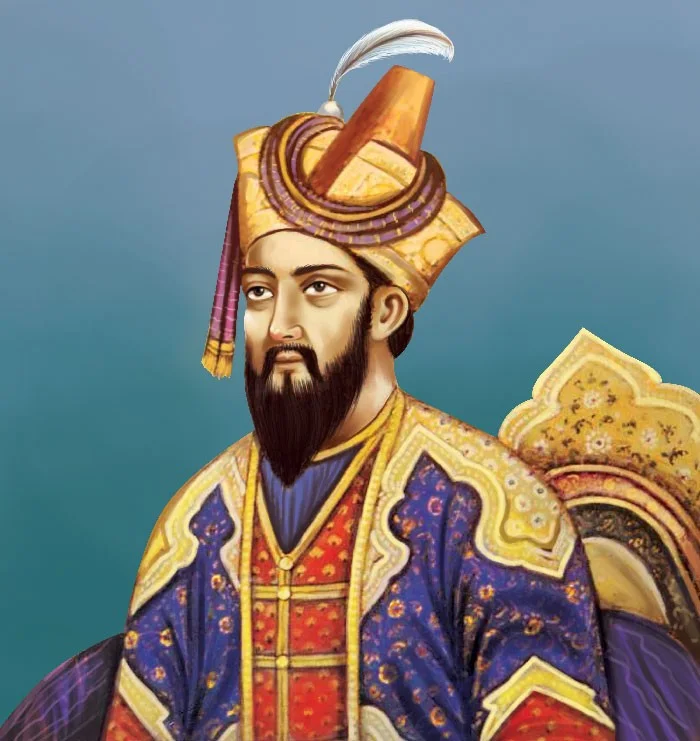Emperor Ashoka: The Enlightened Ruler of Ancient India
Emperor Ashoka, also known as Chakravarti Samrat Ashoka, is remembered as one of the most influential and revered rulers in ancient Indian history. His reign marked a significant shift not only in the political landscape of the Maurya Empire but also in the cultural, social, and religious spheres of India and beyond. Ashoka’s legacy as a just and compassionate ruler, his embrace of Buddhism, and his promotion of Dharma (righteousness) continue to inspire generations and hold relevance in contemporary discussions about governance, ethics, and humanity.
Early Life and Ascension to the Throne
Ashoka was born in 304 BCE to Emperor Bindusara and Queen Dharma in Pataliputra (present-day Patna), the capital of the Maurya Empire. He was given the name Ashoka, meaning “without sorrow,” reflecting the hopes and aspirations of his parents. Growing up in the royal court, Ashoka received a comprehensive education encompassing military training, administration, philosophy, and the arts. His keen intellect and leadership qualities became evident from a young age.
Ashoka’s path to the throne was not without challenges. The Maurya Empire was already a vast and powerful entity under his grandfather Chandragupta Maurya and father Bindusara. However, upon Bindusara’s death in 272 BCE, a struggle for succession ensued among his sons. Through strategic alliances, military prowess, and political maneuvering, Ashoka emerged victorious, ascending to the throne as the third emperor of the Maurya Dynasty.
Early Reign and Military Campaigns
Ashoka’s early years as emperor were marked by a series of military campaigns aimed at expanding the Maurya Empire’s territories. His conquests extended the empire’s boundaries into present-day Afghanistan, Pakistan, Nepal, Bangladesh, and southern India. Ashoka’s army, known for its strength and discipline, encountered various kingdoms and cultures, bringing them under Maurya rule through diplomacy or force.
One of the pivotal campaigns during Ashoka’s early reign was the Kalinga War, fought around 261 BCE. The conflict with the kingdom of Kalinga (modern-day Odisha) proved to be a turning point in Ashoka’s life and reign, leading to profound introspection and a transformative shift in his approach to governance and conquest.
Transformation and Adoption of Buddhism
The Kalinga War, though resulting in a decisive Maurya victory, also brought immense suffering, loss of life, and destruction. Witnessing the human cost and devastation of war deeply affected Ashoka, stirring a sense of remorse, empathy, and a quest for spiritual enlightenment. It is said that he visited the battlefield after the war, witnessing the aftermath firsthand and realizing the futility of violence and conquest as means of achieving lasting peace and prosperity.
Inspired by the teachings of Buddhism and guided by his own moral awakening, Ashoka underwent a profound transformation. He embraced the principles of Ahimsa (non-violence), compassion, tolerance, and social welfare espoused by Buddhism. The emperor renounced aggressive warfare, adopting a policy of Dhamma Vijaya (victory through Dharma) instead of military conquests.
Edicts and Promotion of Dharma
Ashoka’s commitment to Dharma and ethical governance found expression through his famous rock and pillar edicts scattered across his empire. These edicts, written in Prakrit, Greek, Aramaic, and other languages, were inscribed on stone pillars and rocks, proclaiming Ashoka’s messages to his subjects and future generations. The edicts covered a wide range of topics, including moral conduct, religious tolerance, animal welfare, environmental conservation, and social justice.
The emperor’s edicts emphasized the importance of respecting all religious beliefs and promoting harmony among diverse communities. Ashoka encouraged his subjects to live virtuous lives, practice kindness, and contribute to the welfare of society. The rock edicts, with their clear and humane directives, showcased Ashoka’s commitment to just governance and his aspiration for a righteous and harmonious society.
Pillars of Ashoka: Symbols of Dharma and Unity
Central to Ashoka’s reign and his promotion of Dharma were the iconic Pillars of Ashoka. These intricately carved stone pillars, each topped with a distinctive capital featuring symbols such as the Lion Capital, bull, elephant, and horse, symbolized the emperor’s authority and the principles of Dharma. The most famous of these capitals is the Lion Capital of Ashoka, which adorns the Ashoka Pillar at Sarnath. It features four lions standing back to back, symbolizing strength, unity, and the Wheel of Dharma (Dharmachakra).
The Ashoka Pillars and their inscriptions not only served as markers of imperial authority but also disseminated Ashoka’s ethical teachings and governance principles throughout the empire. The symbolism and imagery on these pillars reflected the multicultural and pluralistic nature of the Maurya Empire, promoting a sense of unity amidst diversity.
Promoting Buddhism and Building Stupas
Ashoka’s patronage of Buddhism extended beyond rhetoric and edicts; he actively promoted the spread and establishment of Buddhist institutions, monastic communities, and religious sites. The emperor built numerous stupas (domed structures housing relics) and viharas (monasteries) across his empire, including significant sites like Sanchi, Amaravati, and Bodh Gaya.
These Buddhist monuments not only served as centers of religious worship and pilgrimage but also as symbols of Ashoka’s support for Buddhist ideals and teachings. The Great Stupa at Sanchi, commissioned by Ashoka and later expanded, stands as a testament to the enduring influence of his patronage and the enduring legacy of Indian Buddhist art and architecture.
Ashoka’s Administrative Reforms and Welfare Measures
Administrative Reforms:
- Dhamma Mahamatras: Ashoka appointed officials known as Dhamma Mahamatras to oversee the implementation of his Dharma-based policies and ensure justice, ethical conduct, and social welfare throughout the empire. These officials acted as moral guides and administrators, promoting the emperor’s principles among the populace.
- Judicial System: Ashoka reformed the judicial system to align with principles of fairness, impartiality, and compassion. He emphasized the importance of providing access to justice for all, regardless of social status or background. The administration under Ashoka worked to resolve disputes peacefully and promote reconciliation.
- Provincial Administration: The Maurya Empire was divided into provinces or regions, each governed by appointed officials responsible for local administration, taxation, and maintaining law and order. Ashoka’s administration focused on effective governance, infrastructure development, and economic prosperity at the provincial level.
Welfare Measures:
- Healthcare and Hospitals: Ashoka’s reign witnessed advancements in public health and welfare. He established hospitals, dispensaries, and medical centers across the empire to provide healthcare services to citizens. Physicians, surgeons, and medical staff were appointed to treat the sick and injured, reflecting the emperor’s concern for public health.
- Animal Welfare: Ashoka’s edicts and policies also extended to the welfare of animals. He prohibited unnecessary animal sacrifices, encouraged kindness towards animals, and promoted the establishment of shelters and sanctuaries for injured and abandoned animals. These measures reflected Ashoka’s respect for all living beings and his emphasis on compassion.
- Support for the Elderly and Vulnerable: Recognizing the importance of caring for vulnerable segments of society, Ashoka introduced measures to support the elderly, widows, orphans, and disabled individuals. Charitable institutions, shelters, and pensions were established to provide assistance and ensure their well-being, fostering a sense of social cohesion and responsibility.
- Disaster Relief and Public Works: Ashoka’s administration was proactive in disaster management and relief efforts. Funds were allocated for disaster preparedness, relief supplies, and rehabilitation of affected communities in times of natural calamities such as floods, famines, and earthquakes. The emperor also sponsored public works projects including irrigation systems, roads, and bridges for economic development and connectivity.
Legacy and Historical Impact:
Emperor Ashoka’s reign left a profound and enduring impact on Indian history, governance, and culture:
- Spread of Moral and Ethical Values: Ashoka’s advocacy for moral principles, non-violence, compassion, and social welfare became enduring aspects of Indian ethos and ethical teachings. His legacy influenced not only subsequent Indian rulers but also philosophical and religious thought across Asia.
- Promotion of Buddhism: Ashoka’s patronage and support for Buddhism led to the religion’s widespread acceptance and growth within and beyond India. Buddhist missionaries and scholars, inspired by Ashoka’s efforts, carried the teachings of Buddhism to distant lands, contributing to its global influence.
- Architectural and Cultural Heritage: The monuments, inscriptions, and art commissioned during Ashoka’s reign, including the Ashoka Pillars, stupas, and rock edicts, stand as enduring symbols of ancient Indian art, architecture, and spiritual heritage. These sites continue to attract scholars, tourists, and spiritual seekers, preserving Ashoka’s legacy.
- Ethical Governance Models: Ashoka’s model of Dharma-based governance, emphasizing justice, tolerance, and welfare, remains relevant in contemporary discussions on governance, human rights, and ethical leadership. His emphasis on dialogue, inclusivity, and respect for diverse beliefs set a precedent for pluralistic societies.
In conclusion, Emperor Ashoka’s rule as Chakravarti Samrat Ashoka not only transformed the Maurya Empire but also left a lasting legacy of compassion, moral leadership, and ethical governance. His teachings and principles continue to resonate in modern times, offering timeless lessons in leadership, social responsibility, and the pursuit of peace and harmony. Ashoka’s legacy serves as a beacon of inspiration for generations seeking to build compassionate and just societies across the world.






